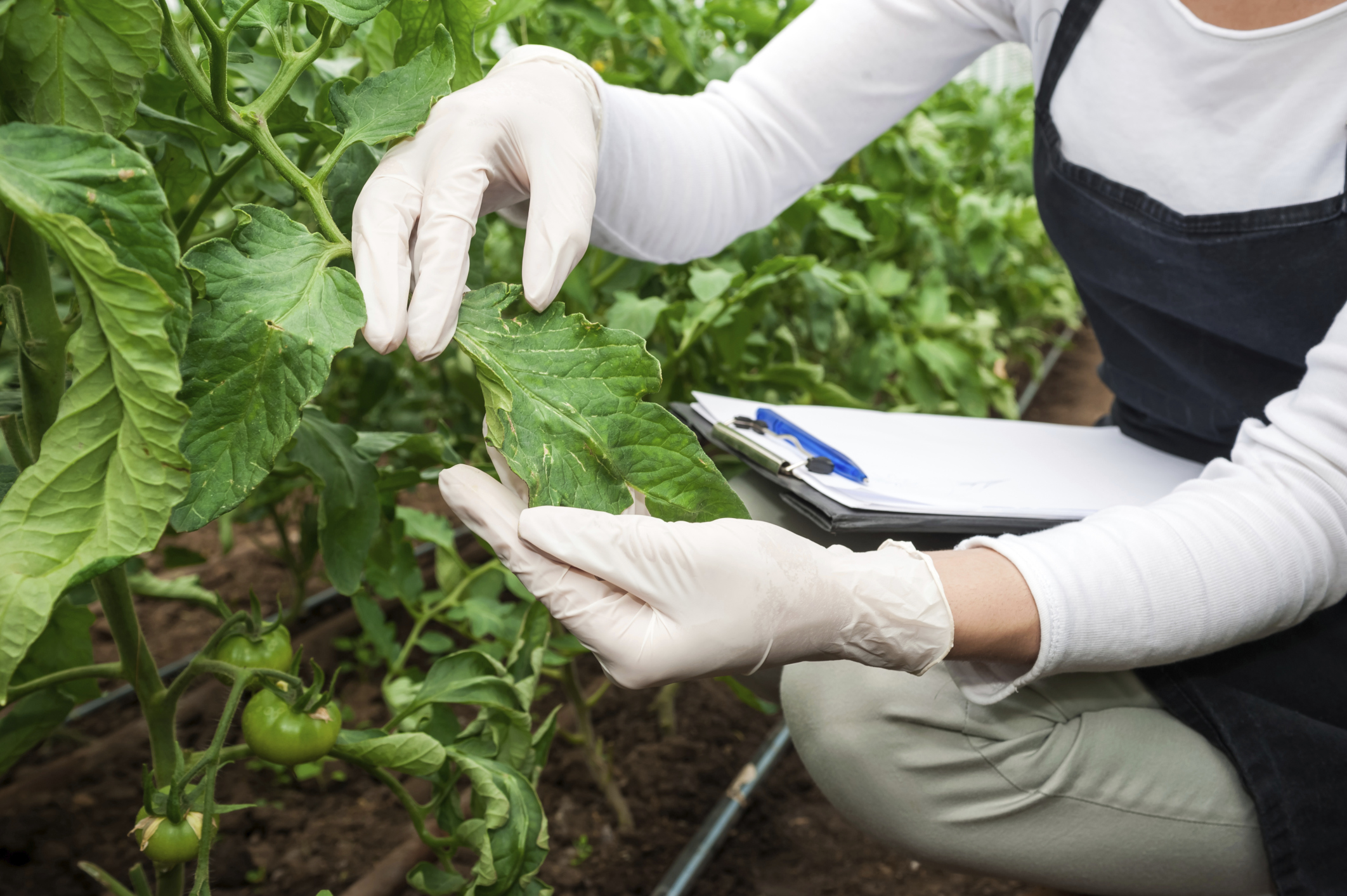
Scholar argues that new food safety regime sacrifices environmental well-being.
The Centers for Disease Control and Prevention (CDC) estimates that roughly 3,000 Americans die each year from foodborne illnesses. In an effort to stem foodborne outbreaks, Congress and the U.S. Food and Drug Administration (FDA) have in recent years adopted sweeping changes to the nation’s food safety regulatory system. Although these changes may improve food safety, a legal scholar has recently published an article arguing that such advances may come at the expense of environmental health.
Margot Pollans, a professor at Pace Law School, suggests that compliance with the new FDA rules may demand that farmers give so much attention to reducing foodborne risks that they will give less attention to reducing environmental risks. The Food Safety Modernization Act of 2010 and subsequent FDA regulations tighten food safety controls and make the consequences of non-compliance more severe, but do little to encourage farmers to mitigate environmental harms caused by agriculture. Pollans says that, because the new rules neither require farmers to balance food safety and environmental concerns nor create a financial incentive for doing so, they “miss an opportunity to mitigate agriculture’s significant environmental effects.”
Farming regulatory schemes require a trade-off between the “conflicting regulatory goals” of food safety and environmental protection, and Pollans argues that government agencies should take a more active in role in assessing how farmers manage these trade-offs. Farmers’ market access to food retailers is often conditional upon compliance with food safety measures, and they face strict liability for sales of contaminated produce. Similar incentives for environmental measures do not exist, thus creating a bias in favor of food safety.
Moreover, voluntary programs such as the U.S. Department of Agriculture’s Conservation Stewardship Program, which provides payments to farmers that improve soil, water, and air quality on farmland, have very low participation rates; likewise, states and the U.S. Environmental Protection Agency encourage, but do not require, the use of pollution control measures. Although the new food safety law instructs the FDA to consider environmental effects, Pollans criticizes the law’s failure to require farmers to take environmental impact into account. Pollans argues that because farmers have limited resources, they are forced to make a choice between implementing mandatory food safety measures and voluntary environmental best practices—and their concerns about market access and strict liability will lead them to prioritize food safety.
Agriculture inflicts a number of adverse environmental effects, says Pollans. She explains that many farming practices are leading sources of water pollution, impair air quality, and contribute to atmospheric greenhouse gases. Furthermore, Pollans claims, agricultural practices strain essential natural resources, including soil, water, and biodiversity.
Yet farmers have short-term incentives to disregard these harms, and no environmental regulatory scheme oversees the majority of the problems. The industry’s ability to evade regulatory efforts, along with its political influence, also contribute to the imbalance in the trade-off between environmental and food safety goals, according to Pollans. The agriculture industry benefits from exemptions in broad environmental statutes such as the Clean Air Act and Clean Water Act, while other programs intended to address environmental harms are too narrow, leaving many forms of pollution unregulated.
Regulators typically manage trade-offs affecting the rulemaking process through a variety of tools such as cost-benefit analysis, interagency consultation, or executive oversight. However, Pollans says that “existing trade-off management tools ignore post-rulemaking events, where prioritization between food safety and environmental goals ultimately occurs.” Under the recent regulatory changes, this prioritization now occurs post-rulemaking by farmers, who must determine for themselves how to balance the competing goals of food safety and environmental concerns, without effective regulatory guidance.
Concluding that the current framework fails to provide adequate guidance to farmers, Pollans proposes that the FDA require farmers to comply with the statute’s environmental directives rather than focus solely on food safety measures. She suggests a formal balancing of food safety and environmental goals, for which the Department of Agriculture could provide helpful oversight. Under Pollans’s scheme, farmers would expressly document the environmental effects of a proposed food safety measure and determine whether the effect is reasonable in light of the food safety risk. This oversight, she argues, would restore some balance between food safety and environmental concerns, the latter of which farmers have fewer incentives to address.
Pollans further explains that a public disclosure mandate that requires farmers “to engage in express balancing of food safety and environmental goals” in a publicly available document will help justify their trade-off decisions to inspectors and auditors. The written analysis would allay farmers’ fear of losing market access if they prioritize environmental concerns. By forcing farmers to expressly consider environmental effects and holding them publicly accountable, the process may raise their environmental consciousness and lead to higher quality decisions.
Notwithstanding Pollans’s criticism of the new regulatory approach to food safety, a variety of consumer advocates and industry groups appear to be pleased with the FDA’s recent regulations. Sandra Eskin of the Pew Charitable Trusts called the rules “a big step forward for food safety and public health.” The Grocery Manufacturers Association also welcomed the rules and applauded the FDA for the “deliberative and inclusive approach it took in developing these regulation.”



